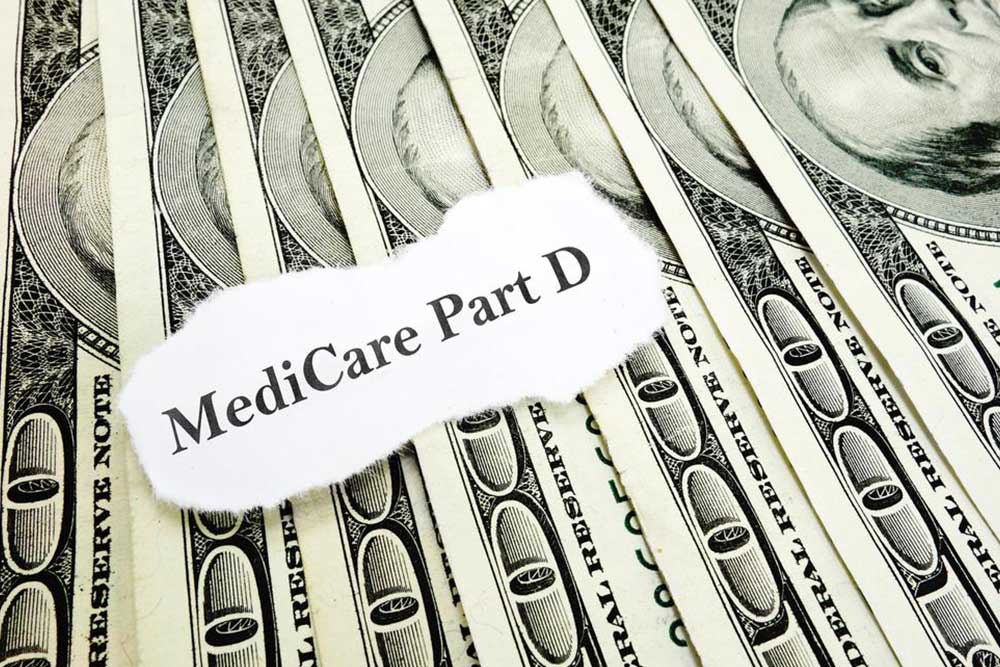A Complete Guide to Eligibility Criteria for Medicare Part D Prescription Drug Coverage
This comprehensive guide details the eligibility requirements for Medicare Part D, emphasizing the importance of timely enrollment, residency criteria, and plan selection. It offers practical tips to help beneficiaries understand how to qualify, apply, and choose the best prescription drug coverage. Ensuring awareness of these requirements can lead to better medication management and reduced costs, safeguarding health and financial security for seniors and eligible individuals.

A Complete Guide to Eligibility Criteria for Medicare Part D Prescription Drug Coverage
Medicare Part D is an essential component of the U.S. healthcare system that offers coverage for prescription medications. Managed by private insurance companies approved by Medicare, these plans help seniors and eligible individuals manage their medication costs effectively. The plans feature a wide range of covered drugs, but coverage specifics can vary based on geographic location and the particular plan selected. Enrollment in Medicare Part D isn’t automatic; it requires active choice, and understanding eligibility requirements is vital to ensuring seamless coverage.
Enrolling in Medicare Part D involves fulfilling specific eligibility criteria, which are designed to ensure that only qualified individuals receive these benefits. These criteria are outlined by the Centers for Medicare & Medicaid Services (CMS) and include several important factors that applicants must meet. The following comprehensive guide provides detailed information on each requirement, the application process, and tips for selecting the right plan to suit your healthcare needs.
Fundamental Eligibility Requirements for Medicare Part D
To qualify for Medicare Part D, applicants must first meet the basic eligibility criteria related to their existing Medicare enrollment status and residency. The primary requirement is that individuals must already be enrolled in either Medicare Part A (Hospital Insurance) or Part B (Medical Insurance). These components serve as the foundation for accessing additional coverage options, including prescription drug plans.
Once you have Medicare Part A or Part B, you become eligible to enroll in a Medicare Part D plan. It’s important to note that enrollment in Part D is voluntary, but the coverage can significantly reduce out-of-pocket costs for prescription medications, making it a valuable addition for many beneficiaries.
Timing and Enrollment Periods
Timing is crucial when applying for Medicare Part D. Delaying enrollment can result in penalties, which may increase the cost of your coverage over time. To avoid these penalties, you should enroll in a Part D plan within the designated enrollment windows, which are specific periods each year.
The initial enrollment period typically begins three months before your 65th birthday and continues for three months after your birthday month, covering a total of six months. During this window, you should evaluate available plans and select the most appropriate one based on your medication needs and financial considerations.
If you miss your initial enrollment period, you can enroll during the Annual Election Period (AEP) from October 15 to December 7 each year. There are also Special Enrollment Periods (SEPs) that may apply in specific circumstances, such as moving to a new area or losing other drug coverage.
Residency and Geographic Requirements
Another key factor in Medicare Part D eligibility is your residency status. To qualify, applicants must reside within the jurisdiction of the Medicare service area where the plan is offered. This typically includes U.S. citizens and certain legal residents who have established domicile in the country. Geographic restrictions mean that you can only enroll in plans available in your state or local area.
Checking the specific coverage areas and plan availability in your location is essential before enrolling. The Medicare website provides tools to help you verify which plans are accessible in your residence, simplifying the process of plan selection.
How to Apply for a Medicare Part D Plan
Once you’ve confirmed that you meet all the eligibility criteria, you can proceed with the application process. There are multiple convenient ways to enroll in a Medicare Part D plan:
Via the Medicare official website — the Centers for Medicare & Medicaid Services (CMS) offers an easy-to-navigate portal where you can select your state, review available plans, and enroll directly online.
By calling Medicare’s toll-free number at 1-800-MEDICARE — trained representatives are available to assist you with choices, clarify plan details, and help complete your enrollment.
Consulting with a licensed insurance agent or broker — many professionals specialize in Medicare plans and can guide you through the process based on your healthcare needs and financial situation.
By submitting a paper application — this method is less common but still available for those who prefer traditional mail-based enrollment.
Selecting the Right Medicare Part D Plan
Choosing the most suitable Medicare Part D plan is a critical step because plan details, premiums, formularies (covered drugs), and out-of-pocket costs can vary significantly among providers. It’s essential to carefully review and compare available options during each open enrollment period to ensure you select a plan that aligns with your medication needs and budget.
Consider factors such as the list of covered drugs, pharmacy network, monthly premiums, co-payments, and any additional benefits like mail-order pharmacy services. Use the Medicare Plan Finder tool to compare plans based on your medications and preferences.
Remember, Medicare Part D plans are subject to annual changes, including premium adjustments and formulary updates. Regular review and evaluation of your plan every year can help you maintain optimal coverage and control costs.
Important Tips for Maintaining Your Medicare Part D Coverage
Once enrolled, maintaining your Medicare Part D coverage requires ongoing awareness of your plan details and deadlines. Always review your plan’s annual Notice of Change (NOC) sent by your plan provider and stay informed of any formulary changes that might affect your medications.
If you need to switch plans, coordinate your enrollment during the appropriate periods to avoid gaps in coverage. Additionally, if you experience a significant change in your health or medications, consult with a Medicare counselor or pharmacist to ensure your selected plan still meets your needs.
Final Thoughts on Medicare Part D Eligibility
Understanding the eligibility requirements for Medicare Part D is vital for millions of Americans who rely on prescription medications. By ensuring you meet the basic criteria—enrollment in Part A or B, residency within the coverage area, and timely application—you can access comprehensive drug coverage that helps reduce your out-of-pocket expenses and improve your quality of life.
Plan carefully, enroll promptly, and review your options annually to maximize the benefits of Medicare Part D. This proactive approach ensures you remain protected from rising drug costs and maintain access to the medications vital for your health and well-being.





